1945 WAS a year of major global transition, marking the conclusion of World War II and the beginning of a period of reconstruction. In Europe, the war ended in May following the unconditional surrender of Nazi Germany, while the conflict in the Pacific continued until August, when Japan surrendered after the atomic bombings of Hiroshima and Nagasaki. These developments brought an end to over six years of global warfare.
Throughout the year, Allied forces liberated numerous concentration camps, exposing the extent of Nazi atrocities. In the United Kingdom, the wartime coalition government was dissolved, and the Labour Party, led by Clement Attlee, won a landslide victory in the general election. The foundation of the United Nations in October reflected growing efforts to establish a lasting international peace.
In our archive of 1945 newspapers, you can choose a date and explore a genuine, original newspaper from the year for yourself.
January
1 January: The German Luftwaffe launched Operation Bodenplatte, a major aerial attack targeting Allied airfields in the Low Countries. Although it caused initial disruption, the operation failed to achieve long-term strategic goals and resulted in heavy losses for the Germans.
2 January: Japanese forces began evacuating Manila in anticipation of an Allied invasion of Luzon. Skirmishes and preliminary engagements took place throughout the month, setting the stage for the full-scale battle in February.
4 January: In the United Kingdom, food rationing remained stringent, with particular shortages of dried and canned fruit due to wartime import constraints. The Ministry of Food issued updated guidance urging households to adapt recipes and reduce waste.
5 January: The British Royal Navy’s Pacific Fleet assembled off the coast of Ceylon to begin preparations for a major air raid campaign against Japanese oil installations in Sumatra. The operations, codenamed Meridian, would commence later in the month.
12 January: The Soviet Union launched the Vistula-Oder Offensive, a massive assault on German positions in Poland. Within days, Soviet forces broke through enemy lines and advanced rapidly toward the German border.
16 January: Adolf Hitler moved into the Führerbunker beneath the Reich Chancellery in Berlin. The relocation reflected the deteriorating military situation and the increasing isolation of the Nazi leadership.
17 January: The Red Army liberated Warsaw after nearly five years of German occupation. The Polish capital was left in ruins following the failed 1944 uprising and systematic destruction by retreating German forces.
20 January: Franklin D. Roosevelt was inaugurated for an unprecedented fourth term as President of the United States. The ceremony was scaled down due to wartime conditions and held at the White House rather than the Capitol.
27 January: Soviet troops liberated the Auschwitz concentration camp complex in southern Poland. The discovery of mass graves and abandoned facilities exposed the full extent of Nazi crimes to the international community.
30 January: The BBC broadcast a special programme marking the twelfth anniversary of Adolf Hitler's appointment as German Chancellor. British wartime propaganda frequently used such anniversaries to reinforce opposition to the Nazi regime in occupied Europe.
31 January: Allied forces launched coordinated attacks across the Roer River in western Germany. The offensive was part of broader efforts to break through German defences ahead of the final push toward the Rhine.
Shop our book to learn more about WWII through newspaper headlines ...

February
1 February: The Soviet 1st Belorussian and 1st Ukrainian Fronts continued their advance into German-held territory, reaching the Oder River near Küstrin. Their rapid progress brought them within 70 kilometres of Berlin.
3 February: American bombers carried out one of the largest air raids on Berlin, targeting railway yards and government buildings. Over 25,000 tonnes of explosives were dropped, causing widespread damage and civilian casualties.
4 February: The Yalta Conference opened in Crimea, bringing together Winston Churchill, Franklin D. Roosevelt, and Joseph Stalin. The Allied leaders discussed postwar plans for Europe, including the division of Germany and the formation of the United Nations.

The Yalta Conference. Image: Wikipedia
8 February: British and Canadian forces launched Operation Veritable in the Reichswald Forest near the Dutch-German border. The offensive aimed to clear the Rhineland of German resistance ahead of a final advance into western Germany.
10 February: The Royal Air Force reached peak strength with over one million personnel serving globally. Despite heavy losses during the war, British air power played a crucial role in bombing campaigns and maritime operations.
13 February: Allied bombers began the bombing of Dresden, targeting the historic German city over the course of several days. The raids caused a firestorm that destroyed much of the city centre and killed tens of thousands of civilians.
14 February: In the United Kingdom, a parliamentary debate on postwar housing revealed growing concern over shortages and reconstruction plans. The Ministry of Works outlined proposals for prefabricated housing to address the national need.
19 February: US Marines landed on the island of Iwo Jima, initiating one of the fiercest battles in the Pacific theatre. The island was seen as strategically vital for launching air raids on mainland Japan.
20 February: The BBC’s War Report continued to provide nightly updates from the battlefronts, offering listeners across Britain vivid accounts of the fighting in Europe and the Pacific. First launched in 1944, it remained one of the most popular wartime radio programmes in 1945.
23 February: Joe Rosenthal took the famous photograph of US Marines raising the American flag atop Mount Suribachi during the Battle of Iwo Jima. The image became one of the most iconic of the Second World War.
28 February: Labour Party leader Clement Attlee spoke at several events throughout February, outlining the party’s plans for postwar Britain. His speeches focused on expanding welfare provisions, tackling housing shortages, and pursuing the nationalisation of key industries.
March
1 March: In the United Kingdom, the National Gallery in London reopened to the public for a limited exhibition of British landscape paintings. Though much of the collection remained in storage for safekeeping, the event signalled a gradual return to cultural life after years of wartime disruption.
4 March: British and Canadian forces crossed the Rhine River near Wesel during Operation Plunder, strengthening their position for the final advance into western Germany. The crossing was supported by amphibious vehicles and heavy aerial bombardment.
5 March: The British Medical Association warned of a severe shortage of hospital beds and trained nurses once the war ended. The report increased public pressure on the government to prioritise postwar healthcare reform.
7 March: American forces captured the Ludendorff Bridge at Remagen intact, enabling the first major Allied crossing of the Rhine. This unexpected gain allowed US troops to establish a bridgehead deep into German territory.
10 March: The UK Government introduced new income tax rules aimed at limiting wartime profiteering. The changes were designed to support fairer wealth distribution and fund ongoing military and reconstruction efforts.
13 March: The musical Carousel by Rodgers and Hammerstein premiered in New York. The production, which would later become a Broadway classic, received praise for its emotional depth and innovative staging.
16 March: In Würzburg, Germany, a British bombing raid caused a devastating firestorm that destroyed around 90% of the city centre. The raid was part of the broader strategic bombing campaign against Nazi infrastructure.
18 March: Princess Elizabeth, heir to the British throne, registered for war service with the Auxiliary Territorial Service. Her enlistment, though largely symbolic, was widely reported and praised by the public as a show of solidarity with the armed forces.
21 March: The Battle of the Ruhr began as Allied forces surrounded the industrial heartland of western Germany. The encirclement aimed to cut off German production capabilities and hasten the end of the war in Europe.
25 March: In the Soviet Union, authorities began mass deportations of ethnic Germans from parts of Eastern Europe newly under Red Army control. These population transfers were part of a wider strategy of postwar ethnic realignment.
27 March: A British Pathé newsreel reported on widespread black-market activity in London, including shortages of tea, clothing, and petrol. The segment highlighted growing domestic frustration despite imminent victory in Europe.
30 March: Eric Clapton was born in Ripley, Surrey. He would go on to become one of the most influential guitarists in British rock history, known for his work with The Yardbirds, Cream, and as a solo artist.
April
1 April: British and American troops launched a major offensive in northern Germany as part of the Allied advance toward the Elbe River. The campaign aimed to encircle remaining German forces and cut off escape routes.
4 April: American forces liberated the Ohrdruf concentration camp, a subcamp of Buchenwald, in central Germany. It was the first Nazi camp liberated by US troops, and reports of its conditions shocked Allied commanders, including General Eisenhower.
6 April: In the United Kingdom, the Ministry of Labour stepped up efforts to retain women in the workforce as demobilisation approached. Public information campaigns highlighted the vital role of women in postwar reconstruction.
9 April: The British Army captured the German city of Hanover, a key transport hub in Lower Saxony. Its fall further weakened German resistance in the north.
12 April: President Franklin D. Roosevelt died suddenly of a cerebral haemorrhage at Warm Springs, Georgia. Vice President Harry S. Truman was sworn in as President of the United States later that day, inheriting the leadership of the war effort.
15 April: British forces liberated Bergen-Belsen concentration camp in northern Germany. The discovery of mass graves, starvation, and disease at the camp horrified the world and received wide coverage in the British press.
18 April: In London, the Royal Opera House began early discussions with the Arts Council about resuming its cultural programme following years of wartime closure. Plans were drawn up for a postwar revival of ballet and classical music.
20 April: Adolf Hitler marked his 56th birthday inside the Führerbunker as Soviet forces reached the outskirts of Berlin. Despite the worsening situation, Nazi propaganda continued to issue statements of defiance.
22 April: Winston Churchill addressed the House of Commons to report on the situation in Germany and the final Allied advances. Though not a formal public broadcast, his remarks were widely quoted and conveyed cautious optimism about the end of the war in Europe.
25 April: American and Soviet troops met at the Elbe River near Torgau, effectively cutting Germany in two. The link-up of the two armies symbolised Allied unity in the final stages of the war.
27 April: Italian partisans captured Benito Mussolini near Lake Como as he attempted to flee to Switzerland. He was executed the following day, and his body was displayed in Milan, marking the collapse of Fascist rule in Italy.
30 April: Adolf Hitler died by suicide in the Führerbunker as Soviet troops closed in on central Berlin. His death marked the symbolic end of the Third Reich, though fighting would continue in Germany for several more days.
May
1 May: German radio announced the death of Adolf Hitler, naming Grand Admiral Karl Dönitz as his successor. Despite the crumbling military situation, the new regime attempted to negotiate surrender terms with the Western Allies.
2 May: Berlin officially fell to Soviet forces after fierce street fighting. The surrender of German troops in the capital marked the final military collapse of Nazi Germany in the east.
4 May: German forces in northwest Germany, the Netherlands, and Denmark surrendered to Field Marshal Montgomery at Lüneburg Heath. The news was widely broadcast across the UK, prompting early celebrations.
5 May: In the Netherlands, Canadian forces entered Amsterdam as part of the liberation effort. Dutch citizens, having endured years of occupation and the "Hunger Winter," greeted the troops with emotional public celebrations.
7 May: Germany signed an unconditional surrender at Allied headquarters in Reims, France. General Alfred Jodl signed on behalf of the German High Command, agreeing to a complete cessation of hostilities on 8 May.
8 May: The 8th of May marked the declaration of Victory in Europe (VE) Day, following Germany's unconditional surrender. While the official surrender documents were signed on 7 May 1945 in Reims, France, the ceremony in Berlin on 8 May 1945 was to satisfy Soviet demands and solidify the victory in the European theatre of World War II.
9 May: Soviet authorities held their own formal celebration of Victory Day, following the German surrender to Marshal Zhukov in Berlin the previous night. Fighting continued in isolated pockets, but the war in Europe was now effectively over.
13 May: The UK government issued a statement confirming that food and clothing rationing would remain in place for the foreseeable future. Despite the end of the war in Europe, shortages and economic controls were expected to persist.
15 May: In Los Angeles, production resumed on several major Hollywood films that had been suspended or delayed during wartime. Studios anticipated a boom in cinema attendance as American and British audiences returned to peacetime entertainment.
20 May: The House of Commons resumed regular debates on domestic policy, with a focus on postwar housing and education. MPs raised concerns about shortages of building materials and teacher recruitment in anticipation of returning servicemen and their families.
23 May: Heinrich Himmler, one of the most senior surviving Nazi leaders, died by suicide while in British custody. He had been captured near Bremen while disguised as a common soldier.
28 May: The BBC launched several new postwar programmes reflecting on wartime events and Britain’s future. These broadcasts aimed to help the public process the war's aftermath and navigate the challenges of rebuilding the nation.
31 May: In London, King George VI and Queen Elizabeth attended a memorial service at St. Paul’s Cathedral for those lost during the war in Europe. The ceremony was broadcast live and widely reported in the press as a solemn national moment.
June
1 June: The International Monetary Fund (IMF) and the World Bank held their inaugural meetings in Washington, D.C., aimed at stabilising the global economy and addressing postwar reconstruction needs. The establishment of these institutions marked the beginning of a new financial order.
4 June: In the UK, the government announced the demobilisation of the first wave of servicemen. The process, which would take several years, started with those who had served the longest, while others awaited their turn to return to civilian life.
5 June: The Potsdam Agreement was signed by the Allied powers, establishing the framework for the occupation and administration of postwar Germany. The agreement marked the division of Germany into four occupation zones controlled by the United States, the United Kingdom, the Soviet Union, and France.
10 June: In Italy, the last remnants of Fascist resistance were crushed as partisan forces took control of several northern cities. This final defeat of Mussolini's followers marked the end of significant resistance to the new Italian Republic.
12 June: The British government confirmed plans to establish the National Health Service (NHS) as part of a comprehensive social reform package. The announcement followed widespread discussions on improving public health and welfare after the war.
14 June: The Times newspaper published a detailed analysis of postwar British economic recovery plans, highlighting the need for industrial reform and foreign trade expansion. The article noted that key sectors such as coal and steel would need immediate attention.
17 June: In the United States, President Harry S. Truman signed the landmark GI Bill of Rights, providing veterans with benefits including education, unemployment pay, and low-cost home loans. The bill would transform American society and boost the postwar economy.
21 June: Vogue magazine resumed publication in postwar London, marking the return of cultural and fashion reporting after wartime suspensions. The issue symbolised a shift back to peacetime celebration and cultural vitality.
24 June: In the Soviet Union, the first Victory Day parade since the end of the war took place in Moscow’s Red Square. The parade was a symbolic gesture of Soviet triumph, with troops and military equipment on display as part of the celebration.
26 June: The United Nations Charter was signed in San Francisco by 50 nations, marking the formal establishment of the United Nations. The treaty aimed to prevent future wars through international cooperation, and the signing was a major diplomatic milestone in postwar reconstruction.

Charter of the United Nations. Image: Wikipedia
30 June: The UK experienced its first summer without wartime blackouts in six years. Streetlights were switched back on, and the public celebrated the return to peacetime normality, although rationing and rebuilding efforts continued.
July
1 July: The first postwar edition of The Economist was published, reflecting on the challenges and opportunities of the postwar economic landscape. The issue focused on rebuilding war-torn economies and the role of international cooperation in shaping the future.
3 July: The Soviet Union announced the creation of the Soviet-controlled People’s Democratic Republic of Korea (North Korea) as part of their efforts to establish influence in the Korean peninsula. The division of Korea would become a significant point of contention in the Cold War.
5 July: In London, the Labour Party held its first postwar national conference. The conference marked a shift in focus toward domestic reconstruction and the implementation of social reforms, including the creation of the NHS and nationalising key industries.
10 July: The US and British governments signed the Anglo-American Loan Agreement, a major economic agreement that granted the United States a loan to help Britain recover from the financial strain of the war. The deal would mark a major step in postwar Anglo-American relations.
12 July: The British Parliament debated the issue of postwar housing. The Labour government outlined its plans to build thousands of new homes as part of a national programme to address the housing crisis exacerbated by wartime damage.
16 July: The Trinity Test, the first successful detonation of an atomic bomb, took place in the New Mexico desert. The test was a pivotal moment in military history, confirming the destructive power of nuclear weapons and altering global power dynamics.
20 July: The United Nations Relief and Rehabilitation Administration (UNRRA) announced new efforts to provide humanitarian aid to displaced persons in Europe. The UNRRA’s work would help manage the immediate needs of refugees and support the rebuilding of Europe’s war-ravaged economies.
22 July: Preparations were made for General Douglas MacArthur to oversee the reconstruction of Japanese society following the war. His leadership marked the start of a significant transition from militarism to democracy in Japan, which would take effect in September after Japan's surrender.
26 July: The Potsdam Declaration was issued by the Allies, demanding Japan’s unconditional surrender or face “prompt and utter destruction.” The statement set the stage for the end of the Pacific War, although Japan would continue to resist.

The Potsdam Declaration. Image: Wikipedia
28 July: The British government launched a national campaign to encourage savings as part of its postwar recovery efforts. The campaign urged citizens to save for the future and contribute to the rebuilding of Britain’s economy.
31 July: The US President Harry S. Truman, British Prime Minister Winston Churchill, and Soviet Premier Joseph Stalin held the final session of the Potsdam Conference. The conference concluded with key decisions on the postwar order, including the fate of Germany and the creation of the United Nations.
August
1 August: In the United Kingdom, the government announced plans to begin rationing meat and butter for civilians. Despite the end of the war in Europe, food shortages persisted, and rationing would continue for several more years.
2 August: The Soviet Union declared war on Japan, marking the start of the Soviet offensive in Manchuria. The Red Army’s entry into the Pacific theatre was a significant moment in the final stages of the Second World War.
6 August: The United States dropped an atomic bomb on the Japanese city of Hiroshima, causing widespread devastation. This marked the first use of nuclear weapons in warfare and significantly altered the course of the Pacific War.
8 August: The Soviet Union launched its invasion of Manchuria, quickly advancing through Japanese-occupied territories. The offensive aimed to further weaken Japan’s position as the Allied forces closed in from all sides.
9 August: The United States dropped a second atomic bomb, this time on the city of Nagasaki. The bomb caused immense destruction and loss of life, pushing Japan closer to surrender.
14 August: Japan announced its unconditional surrender following the devastation of Hiroshima and Nagasaki and the Soviet invasion of Manchuria. The announcement was made on national radio, and Emperor Hirohito’s speech to the nation was broadcast, marking the end of the war in the Pacific.
15 August: Victory over Japan (VJ) Day was celebrated worldwide, marking the official end of the Second World War. In the UK, the announcement led to nationwide celebrations, with people taking to the streets to mark the long-awaited victory.
17 August: British forces occupied Hong Kong after Japan’s surrender, marking the end of the Japanese occupation of the territory. The British would begin the process of rebuilding the colony after years of wartime destruction.
20 August: In the United States, President Harry S. Truman ordered the beginning of the demobilisation process for the military, with priority given to those who had been serving the longest. The US military began transitioning to a peacetime footing.
23 August: The United Nations Relief and Rehabilitation Administration (UNRRA) began the task of providing humanitarian assistance to displaced persons in Europe, particularly in former Nazi-occupied countries. The relief efforts would focus on food, shelter, and medical care.
27 August: In Japan, General Douglas MacArthur arrived in Tokyo to oversee the occupation and reconstruction of the country. MacArthur's leadership would be pivotal in Japan's transition from militarism to democracy.
30 August: In London, King George VI and Queen Elizabeth held a formal service of thanksgiving at St. Paul’s Cathedral for the successful conclusion of the war in Europe and the Pacific. The ceremony was attended by government officials, military leaders, and members of the royal family.
September
1 September: In the United Kingdom, the government began a nationwide campaign to reintegrate ex-servicemen into civilian life, offering vocational training and employment assistance. The program was part of a broader effort to stabilise the economy after the war.
2 September: Japan formally surrendered aboard the USS Missouri in Tokyo Bay, marking the official end of the Second World War. The Japanese delegation, led by Foreign Minister Mamoru Shigemitsu, signed the instrument of surrender, which was witnessed by General Douglas MacArthur and other Allied representatives.
3 September: In the Soviet Union, a nationwide celebration marked the formal end of the war. The Soviet people celebrated their victory over Nazi Germany, as well as the entry into the Pacific theatre, following their declaration of war against Japan and subsequent invasion of Manchuria in August 1945.
4 September: The United States began a major military occupation of Japan, led by General Douglas MacArthur. His task was to oversee the demilitarisation of Japan and to guide the country toward a new democratic government.
6 September: The United Nations continued its preparatory meetings in 1945, finalising the establishment of its postwar mandate and working on plans for peacekeeping, humanitarian aid, and international cooperation.
8 September: In London, the British government began discussions on the establishment of a comprehensive welfare state. The Beveridge Report, which had been published in late 1942, called for the creation of universal health care, social insurance, and family allowances. The report's recommendations would form the basis for postwar social policy.
10 September: The British government officially ended rationing of clothing, following the relaxation of food rationing earlier in the year. The removal of clothing rationing was seen as a sign of progress towards postwar recovery.
12 September: Preparations for the Nuremberg Trials, aimed at prosecuting major Nazi war criminals, began in September 1945, with the trials officially starting in November.
15 September: The International Refugee Organization (IRO) was founded, with the goal of providing relief and resettling millions of displaced persons across Europe. The IRO worked to find homes for refugees and to provide food, shelter, and medical care.
18 September: In the United States, President Harry S. Truman began to outline his vision for a postwar world order in a series of speeches. His speeches called for the expansion of the United Nations and the promotion of democratic ideals across the globe.
20 September: The first postwar edition of Life magazine was published in the United States. It featured a special issue on the aftermath of the war, with photographs of victory celebrations and the early days of reconstruction.
23 September: The United States announced the end of wartime restrictions on consumer goods, which had been in place during the war. This marked the beginning of the transition from a wartime economy to a peacetime one.
30 September: In the United Kingdom, the first postwar Labour government passed the National Insurance Act, which provided the framework for the National Health Service (NHS) and set up a system of social security for workers. The Act was a major step in the creation of the welfare state.
October
1 October: The United Nations Relief and Rehabilitation Administration (UNRRA) began providing humanitarian assistance to millions of displaced persons across Europe. Its primary mission was to offer food, medical care, and resettlement options for refugees.
3 October: The Soviet Union formally announced the establishment of the People’s Republic of Poland, further solidifying Soviet influence in Eastern Europe. This move was part of a broader strategy to create a buffer zone of friendly communist governments on its western border.
5 October: In the United States, President Harry S. Truman signed the War Brides Act, allowing foreign-born wives of American servicemen to immigrate to the United States. This act facilitated the reunification of families separated during the war.
7 October: The first meeting of the postwar British Commonwealth took place in London, with representatives from the newly-formed British colonies and dominions meeting to discuss the future direction of the Commonwealth and economic cooperation.
10 October: In France, the National Assembly ratified the postwar constitution, marking the establishment of the Fourth French Republic. This marked the end of the Vichy regime and the beginning of a new democratic government.
12 October: Preparations for the Nuremberg Trials continued throughout October 1945, with the trials of Nazi war criminals officially beginning in November 1945.
15 October: The Labour government in the United Kingdom announced a major housing programme to tackle the severe housing shortage caused by wartime bombings. The plan aimed to build thousands of new homes across Britain.
18 October: In the United States, Congress passed the GI Bill of Rights into law, offering returning soldiers education, healthcare, and housing benefits. The bill was designed to help veterans transition into civilian life and boost the postwar economy.
22 October: The first postwar edition of Life magazine was published in the United States. It featured a special issue on the aftermath of the war, with photographs of victory celebrations and the early days of reconstruction.
25 October: UNICEF began its relief work in postwar Europe in 1945, focusing on children and women affected by the war. The formal establishment of the organization came in December 1946.
28 October: In Italy, the Italian Socialist Party won a significant share of the vote in the first free elections since the fall of Mussolini. The party’s success marked the rise of new political ideologies in postwar Europe.
30 October: The UK government passed the Coal Industry Nationalisation Act, bringing the coal industry under government control to ensure energy security in the postwar period. This was a key part of the Labour government's postwar economic reforms.
November
1 November: The first Nuremberg Trials officially began, with the prosecution of major Nazi war criminals. This historic trial marked a significant step in postwar justice and accountability for crimes committed during the Holocaust and World War II.

The Nuremberg Trials. Image: Wikipedia
5 November: In the United States, President Harry S. Truman made a landmark speech outlining the need for international cooperation to prevent future conflicts. This speech helped to solidify the U.S. commitment to the creation of a peaceful postwar world order through the United Nations.
8 November: The United Nations Educational, Scientific and Cultural Organization (UNESCO) was officially established. The goal of UNESCO was to foster international cooperation in these areas and promote peace through educational and cultural exchange.
10 November: In the United Kingdom, the Labour government announced an ambitious national reconstruction programme, focusing on rebuilding war-damaged cities and providing social services to those in need. The programme marked the beginning of the country’s recovery following the devastation of the war.
14 November: The first meeting of the Allied Control Council for Germany took place in Berlin. This was a key moment in the postwar occupation of Germany, where the U.S., UK, Soviet Union, and France began working together to govern and rebuild the country.
18 November: The International Military Tribunal for the Far East was established, with trials planned for Japanese war criminals. This tribunal would eventually lead to the prosecution of key figures in the Japanese government and military for their roles in the war.
22 November: The first British trial for war crimes was held in London, focusing on atrocities committed during the war, particularly by Axis powers and collaborators. This trial set the stage for further legal proceedings against individuals responsible for wartime crimes.
26 November: In the Soviet Union, Stalin’s government continued to consolidate power as it took steps to establish communist control in the newly-liberated countries of Eastern Europe. This marked the beginning of the Cold War tensions that would define the coming decades.
28 November: Following the Potsdam Conference, Truman, Churchill (replaced by Attlee), and Stalin continued diplomatic discussions on Europe’s postwar recovery. These talks focused on implementing decisions made at Potsdam and navigating the shifting postwar geopolitical landscape.
30 November: The International Labour Organization (ILO) met in Geneva to discuss postwar reconstruction and economic stability. The meeting highlighted the importance of international labour cooperation in rebuilding global economies and preventing future conflicts.
December
1 December: The United Nations General Assembly held its first formal meeting in London, with representatives from 51 countries. The assembly focused on establishing the UN’s key operational structures, such as the Security Council and Economic and Social Council.
5 December: In the United States, President Truman signed an executive order establishing the United States Atomic Energy Commission (AEC) on 1 December 1945, marking the beginning of civilian control over nuclear energy and weapons development.
6 December: The International Refugee Organization (IRO) continued its efforts to address the needs of displaced persons across Europe. The IRO worked on resettling refugees, providing food, and facilitating medical aid in a postwar Europe still reeling from the devastation.
10 December: The Nobel Peace Prize was awarded to Cordell Hull, former U.S. Secretary of State, for his role in establishing the United Nations and for his work on the Charter of the United Nations. His award was seen as a recognition of efforts to promote global peace and cooperation in the postwar world.
15 December: The British Labour government unveiled the National Health Service (NHS) plan, which would come into effect in 1948. The NHS was a key part of postwar reforms, aiming to provide healthcare to all citizens free of charge, regardless of income.

Image: Wikipedia
20 December: General Douglas MacArthur began his official role in overseeing the reconstruction of Japan. MacArthur was tasked with demilitarising Japan and guiding it towards a more democratic government, a process that would shape Japan’s postwar future.
22 December: In Germany, the Allied Control Council issued a decree outlining the structure for governing occupied Germany. The decree aimed to oversee the country’s transition from Nazi rule to a democratic system, focusing on de-Nazification and demilitarisation.
25 December: Christmas celebrations in the UK and across Europe marked the first peace-time holiday in years. While many still faced hardships, the holiday symbolised a sense of hope and renewal in the postwar period.
27 December: The United States began plans for the Marshall Plan, which would provide financial aid to rebuild war-torn Europe. Although the plan would not formally begin until 1948, discussions on its framework and support began in December 1945 as part of the broader postwar recovery.
30 December: Churchill, Truman, and Stalin continued their postwar discussions on rebuilding Europe, with particular focus on the fate of Germany and the establishment of spheres of influence across the continent. These talks set the stage for the growing tensions of the Cold War in the following years.
Key events
The End of World War II
ON 2 SEPTEMBER 1945, Japan officially surrendered aboard the USS Missouri in Tokyo Bay, bringing an end to World War II. The signing of the Instrument of Surrender marked the conclusion of a devastating conflict that had lasted nearly six years and claimed millions of lives across the globe. The surrender came after the atomic bombings of Hiroshima and Nagasaki and the Soviet Union’s entry into the war against Japan.
The end of the war not only marked a significant military victory but also led to dramatic shifts in global politics. The United States emerged as a dominant superpower, while the Soviet Union expanded its influence in Eastern Europe and the Far East. The surrender of Japan set the stage for postwar reconstruction and the rebuilding of a new world order through institutions such as the United Nations, aimed at preventing future global conflicts.
The impact of Japan's surrender was felt across the world, as the focus shifted from military conflict to rebuilding and the beginning of the Cold War between the U.S. and the Soviet Union.
Formation of the United Nations
IN 1945, the United Nations was formally established, marking the beginning of a new era of international cooperation. The UN’s primary goals were to prevent another world war, provide a forum for dialogue, and foster social and economic cooperation among nations.
In the aftermath of World War II, the United States, the Soviet Union, the United Kingdom, and other Allied nations realised the need for a global institution that would promote peace and cooperation. The United Nations would become a major player in global diplomacy, humanitarian efforts, and peacekeeping missions. It would also become a forum for debate and a tool for nations to voice concerns over international issues, from conflicts to human rights.
The creation of the UN would shape global geopolitics for decades to come, with its Security Council playing a pivotal role in maintaining dialogue during the Cold War and beyond.










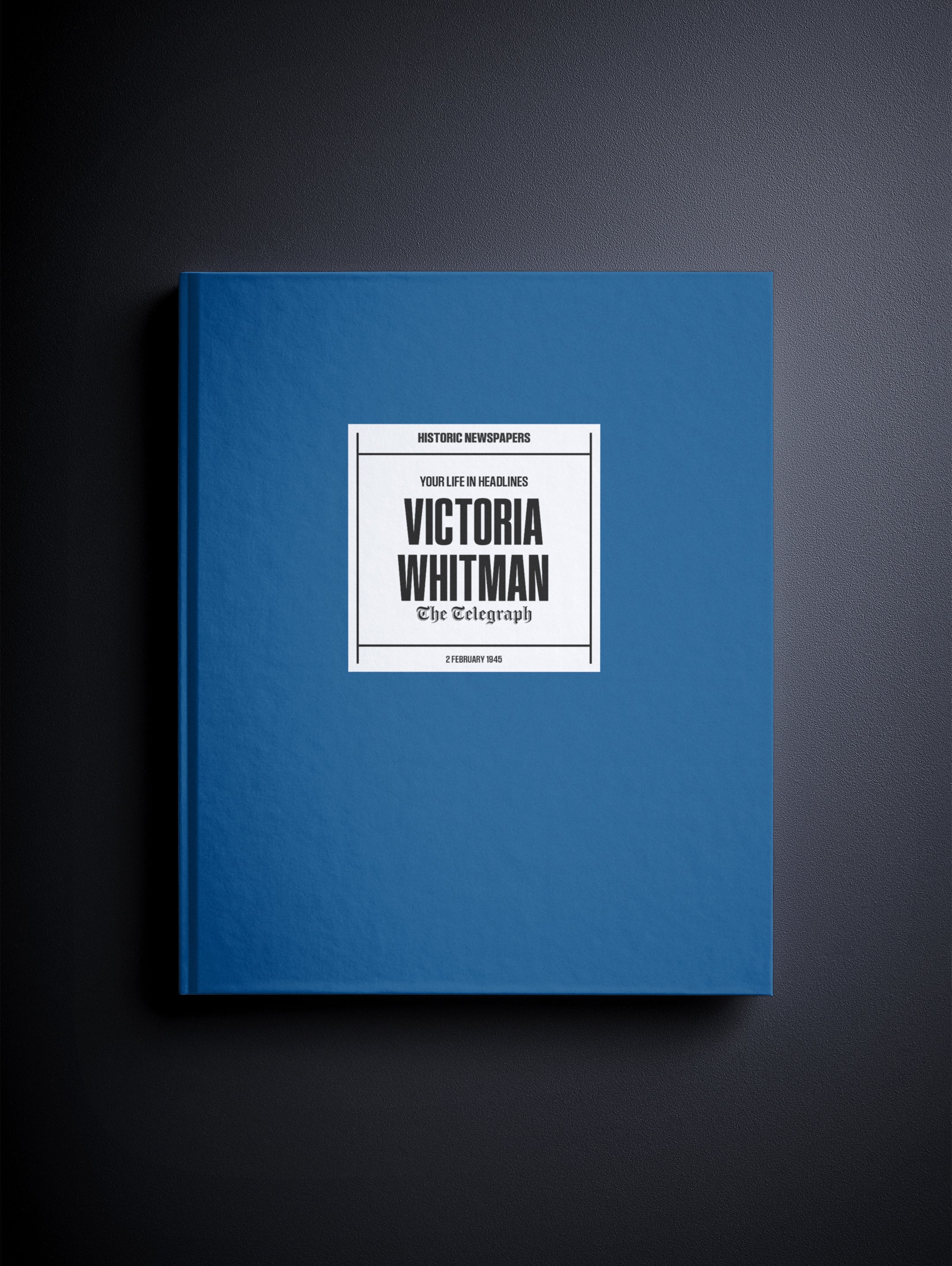
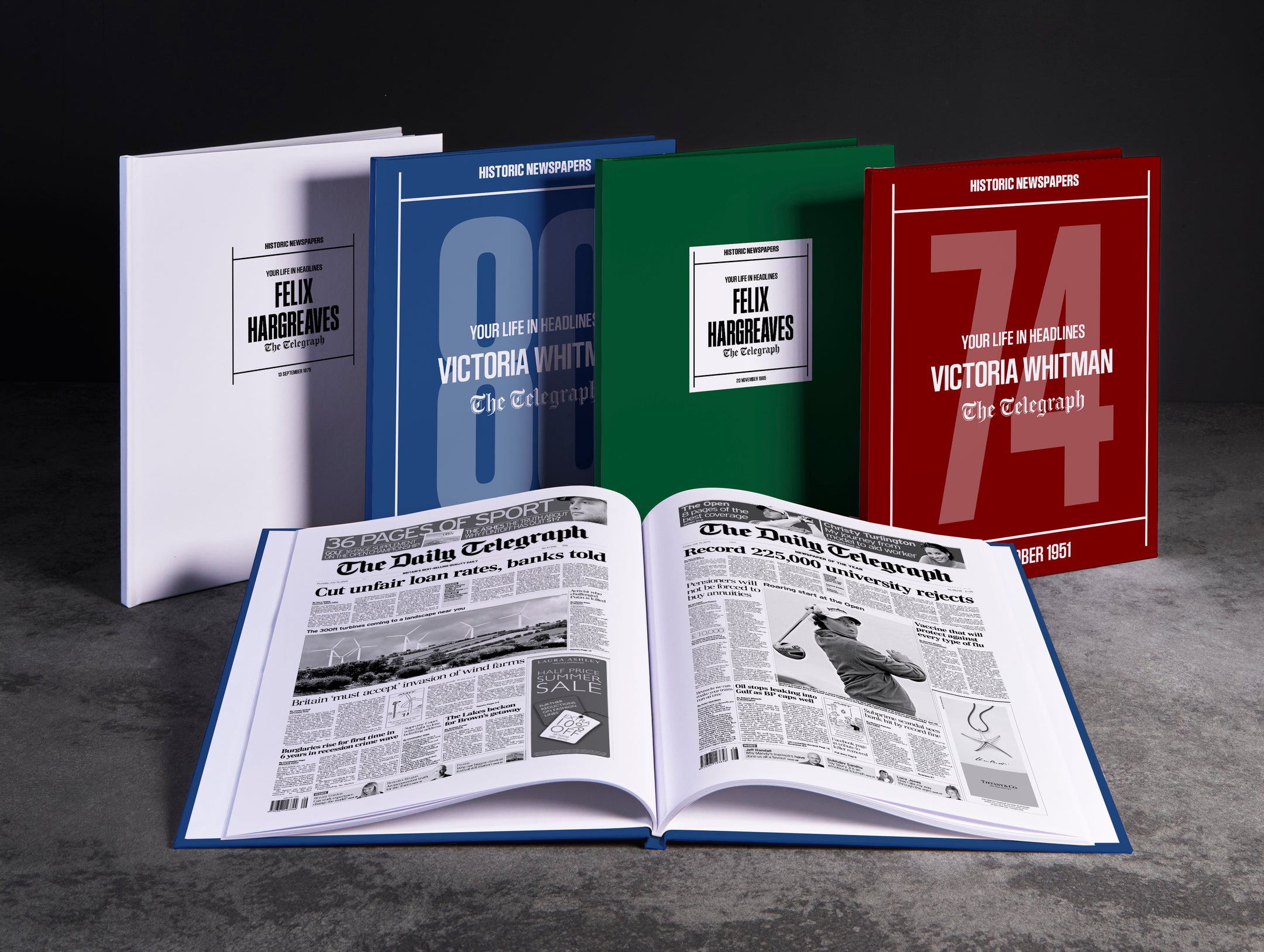
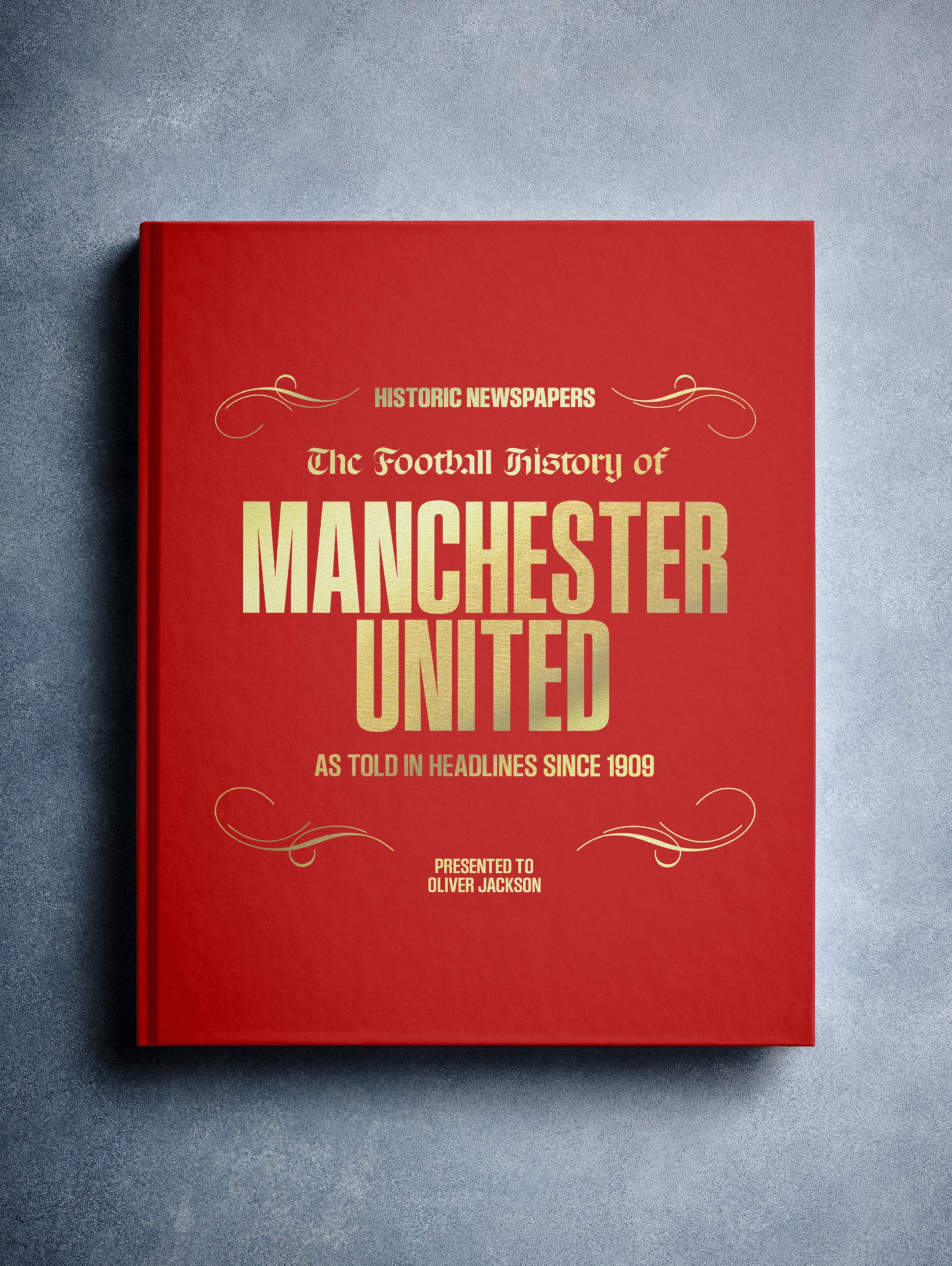







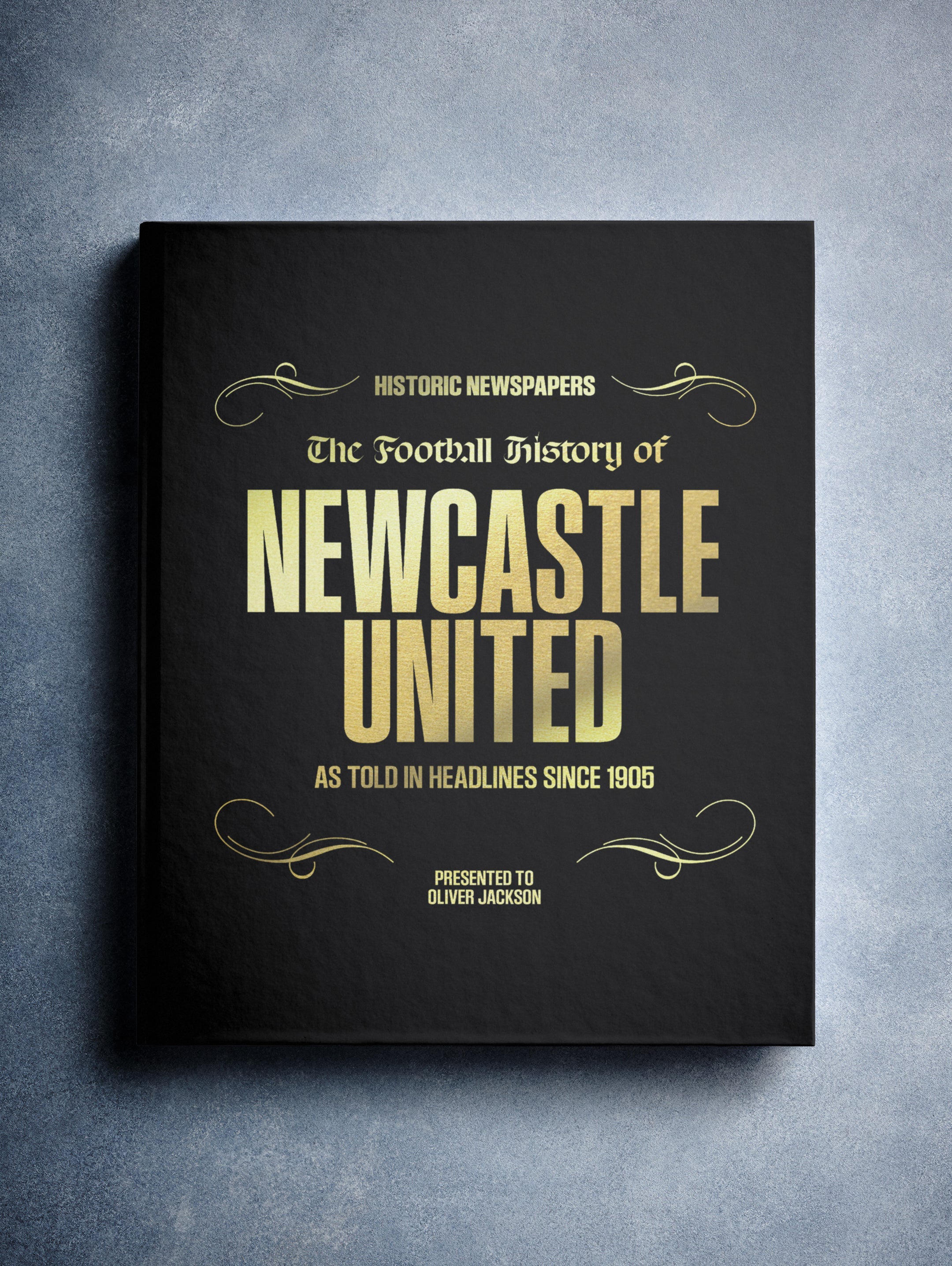
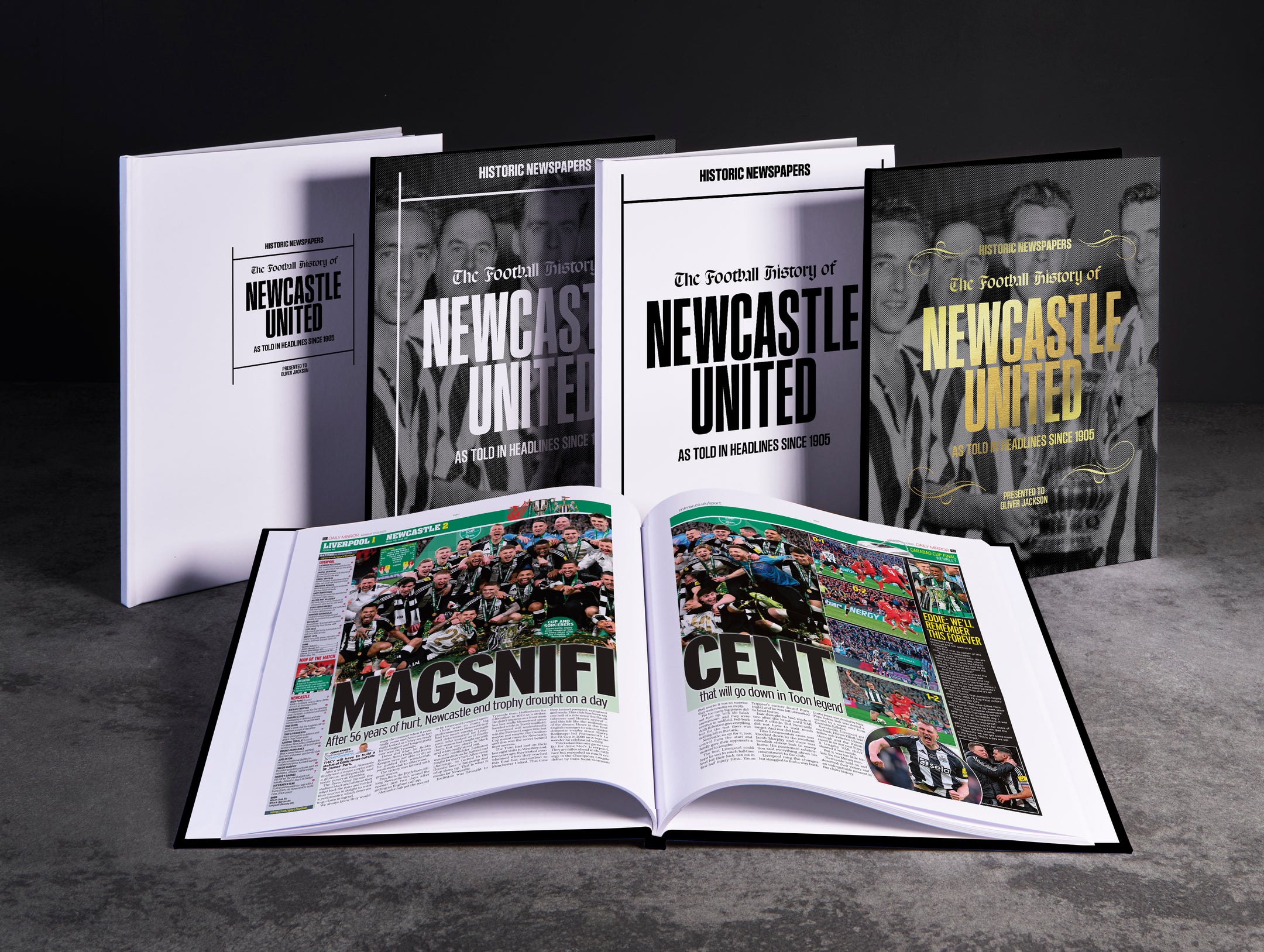





Follow us